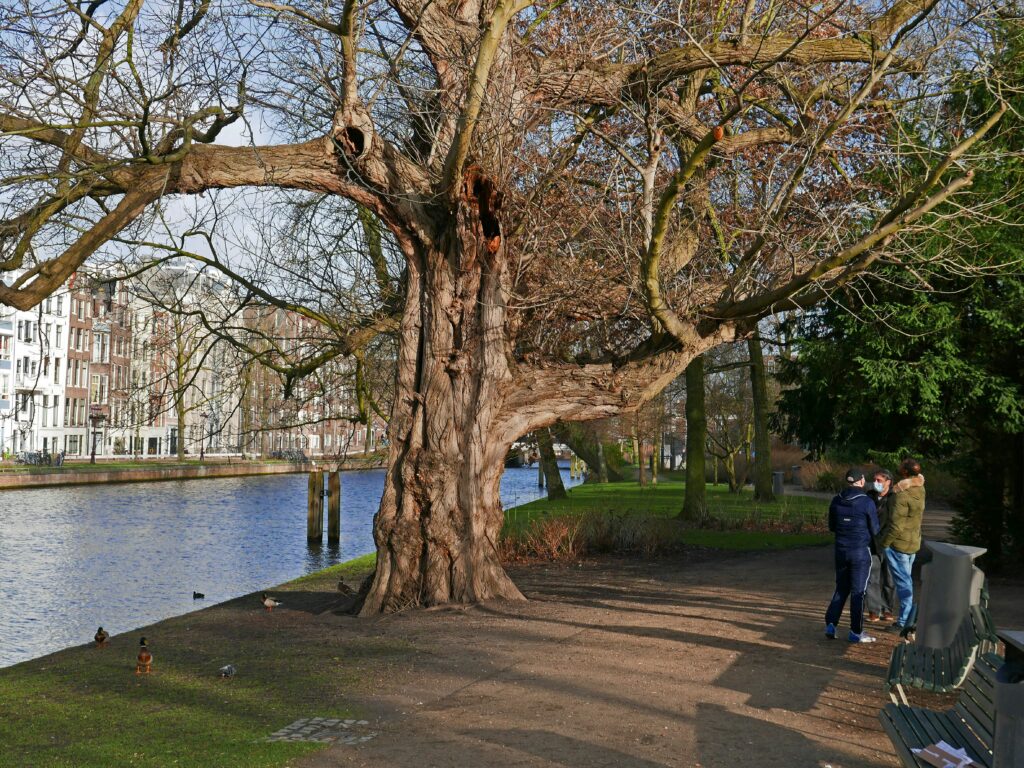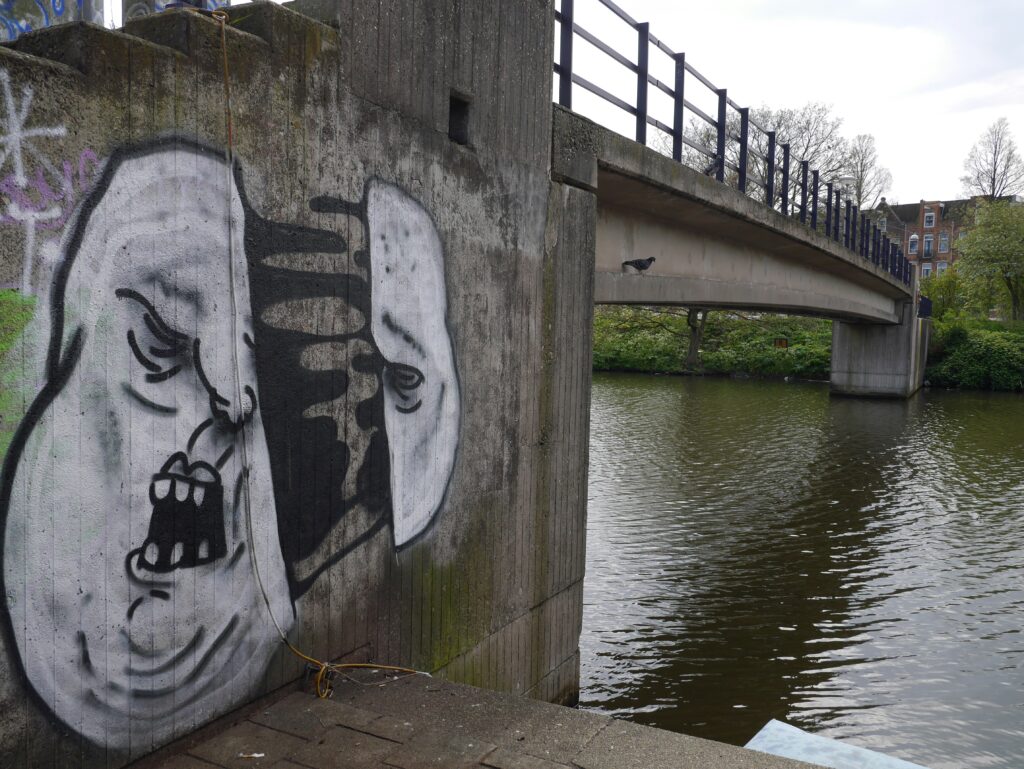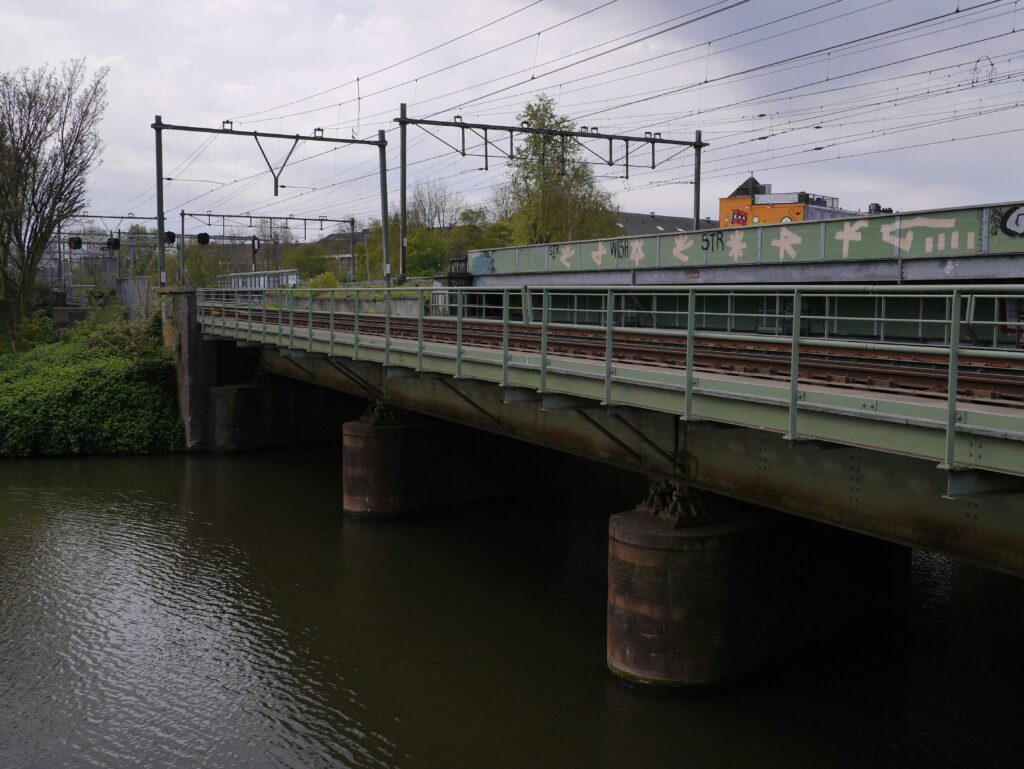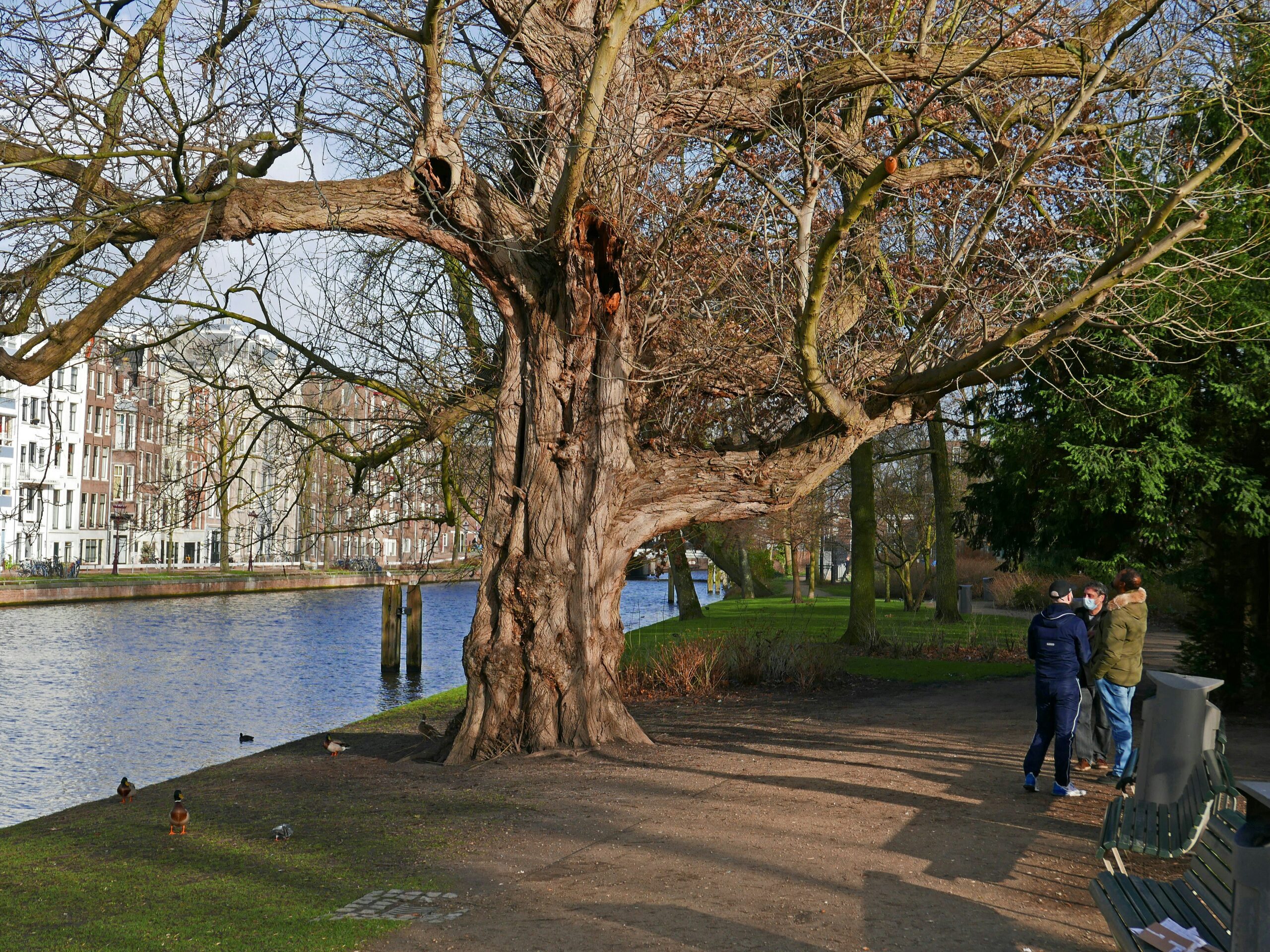The Netherlands is set to confront its painful history with the opening of the National Holocaust Museum in Amsterdam. After almost 20 years in the making, the museum aims to shed light on the persecution of Dutch Jews during World War II. The institution is the first of its kind in the country, offering a comprehensive account of this dark chapter in Dutch history. The public opening of the museum marks a significant moment of acceptance and closure for the Netherlands as it grapples with its past.

Overview of the National Holocaust Museum
The National Holocaust Museum, located in Amsterdam, is a new institution that aims to tell the full story of the persecution of Dutch Jews during World War II. After almost 20 years of planning and development, the museum is set to open its doors to the public next week. This museum holds great significance in Dutch history, as it represents a crucial step in facing and embracing the past.
Background of the museum
The idea for the National Holocaust Museum was conceived almost two decades ago, but it faced persistent skepticism throughout its development. This skepticism was partly fueled by a reluctance in the Netherlands to fully confront and take ownership of the country’s dark history during World War II. However, despite these challenges, the museum has pressed on to create a space that tells the untold stories of Dutch Jews during the Holocaust.
Opening to the public next week
After years of planning, the National Holocaust Museum is finally ready to open its doors to the public. The museum will offer visitors a comprehensive and detailed account of the persecution endured by Dutch Jews during World War II. Through exhibits, displays, and interactive experiences, the museum aims to provide a platform for remembrance, reflection, and learning.

Significance of the museum in Dutch history
The National Holocaust Museum holds immense significance in Dutch history. It represents a turning point in the country’s willingness to confront and acknowledge its role in the Holocaust. The opening of the museum signifies a process of acceptance, as the Netherlands collectively embraces the fact that the fate of Jews during the war differed significantly from that of the rest of the country. This museum serves as a reminder of the importance of collective remembrance and reflection to ensure that such atrocities are never repeated.
Challenges in Establishing the Museum
Persistent skepticism
One of the key challenges faced in establishing the National Holocaust Museum was persistent skepticism. Some individuals and groups doubted the need for such a museum or the importance of focusing on this dark chapter in Dutch history. Overcoming this skepticism required extensive advocacy and education to emphasize the importance of remembering and learning from the past.
Hesitance in facing Dutch history
There has been a long-standing reluctance within the Netherlands to fully confront the country’s involvement in World War II and the persecution of Jews. This hesitance stemmed from discomfort and a lack of willingness to take ownership of the atrocities that occurred. The establishment of the National Holocaust Museum marks a significant shift in attitude and a commitment to facing the truth of the past.
Closure to a process of acceptance
The opening of the National Holocaust Museum can be perceived as a closure to a long and transformative process of acceptance. It represents the culmination of years of efforts to acknowledge the specific fate of Dutch Jews during the Holocaust and to create a dedicated space for their remembrance. The establishment of this museum signifies a collective recognition of the need for awareness, acceptance, and reconciliation.
Exhibits at the National Holocaust Museum
The full story of the persecution of Jews in the Netherlands
The National Holocaust Museum aims to educate visitors about the full extent of the persecution endured by Jews in the Netherlands during World War II. Through exhibits, artifacts, and multimedia presentations, the museum provides a comprehensive narrative of the experiences of Dutch Jews, shedding light on the profound impact of the Holocaust on their lives.
Dresses with the yellow Star of David and “Jew” written in Dutch
One of the powerful exhibits at the National Holocaust Museum includes dresses adorned with the yellow Star of David and the word “Jew” written in Dutch. These dresses serve as a somber reminder of the dehumanization and discrimination faced by Dutch Jews during this dark period in history.
Photographs of unknown people with handwritten plea
Another poignant exhibit at the National Holocaust Museum features sepia-toned passport photos of unknown individuals, accompanied by a handwritten plea: “Don’t forget us!” These photographs personalize the tragedy and symbolize the countless lives lost and stories untold during the Holocaust. They serve as a call to remember and honor the victims of this horrific event.

The Role of Other Museums in the Netherlands
Coverage of Holocaust history in other museums
While the National Holocaust Museum is the first institution dedicated solely to the persecution of Jews in the Netherlands, other museums in the country also touch upon the history of the Holocaust. The Anne Frank House, for example, provides a deeply personal perspective on the life of Anne Frank and her family hiding from the Nazis. Additionally, there are museums that focus on World War II more broadly, providing a broader context for understanding the Holocaust.
Anne Frank House
The Anne Frank House, located in Amsterdam, is one of the most well-known museums related to the Holocaust in the Netherlands. It tells the story of Anne Frank, a young Jewish girl who went into hiding with her family and wrote a diary documenting their experiences. The Anne Frank House offers visitors a deeply personal and emotional insight into the lives of those affected by the Holocaust.
Museums focusing on World War II
Several museums in the Netherlands also focus on the broader history of World War II, including the events leading up to the war, the occupation of the Netherlands, and the resistance movement. These museums provide important context for understanding the Holocaust and its impact on Dutch society. By exploring the historical and political climate of the time, visitors can gain a comprehensive understanding of the events that unfolded during this period.
Impact on Dutch Society
Collective embrace of the fate of Jews
The opening of the National Holocaust Museum signifies a collective embrace of the fate of Jews in the Netherlands during World War II. This acknowledgment is an essential step towards promoting dialogue, commemoration, and understanding among the Dutch population. By facing the past and taking ownership of its history, Dutch society can move forward in fostering inclusivity and promoting tolerance.
Differences in the fate of Jews and the Netherlands
The establishment of the National Holocaust Museum highlights the significant difference in the fate of Jews compared to the broader Dutch population during World War II. This recognition not only acknowledges the suffering and loss experienced by Dutch Jews but also serves as a reminder that such discrimination and persecution should never happen again. It encourages society to reflect on the consequences of prejudice and discrimination.
Process of awareness and acceptance
The opening of the National Holocaust Museum represents a crucial step in the process of awareness and acceptance within Dutch society. By providing an educational and immersive experience, the museum helps visitors confront the truth of the past and understand the magnitude of the Holocaust. This process of awareness and acceptance fosters empathy, understanding, and a commitment to preventing similar atrocities in the future.
Interviews with Museum Curators
Annemiek Gringold, head curator of the National Holocaust Museum
As the head curator of the National Holocaust Museum, Annemiek Gringold played a pivotal role in shaping the museum’s exhibits and narrative. In an interview, Gringold emphasized the importance of presenting the full story of the persecution of Dutch Jews during World War II. She discussed the challenges faced in establishing the museum and the transformative impact it can have on Dutch society.
Emile Schrijver, the museum’s general director
Emile Schrijver, the general director of the National Holocaust Museum, has been instrumental in overseeing the development and opening of the museum. In an interview, Schrijver highlighted the significance of the museum in facing the past, acknowledging the hesitance and skepticism that had to be overcome. He stressed the importance of collective remembrance and reflection for the betterment of society.
Historical Context
World War II and the Holocaust
World War II was one of the darkest periods in human history, marked by the widespread devastation and loss of millions of lives. The Holocaust, a systematic genocide orchestrated by Nazi Germany, targeted Jews, resulting in the extermination of six million Jewish people. The Netherlands was occupied by Nazi forces during the war, and Dutch Jews faced persecution, deportation, and death.
Persecution of Dutch Jews
During World War II, there were approximately 140,000 Jews living in the Netherlands. Many Dutch Jews were rounded up and deported to concentration camps, where they faced unimaginable suffering and death. Only a small percentage of Dutch Jews survived the Holocaust, and their experiences serve as a painful reminder of the atrocities committed during this time.
Remembrance and commemoration
The Netherlands has a long-standing tradition of remembrance and commemoration related to World War II. This includes memorial days, such as Remembrance Day on May 4th, where the nation honors the victims of war and reflects on the importance of peace. The establishment of the National Holocaust Museum further reinforces the commitment to remembrance and ensuring that the lessons of the past are not forgotten.
Visitor Experiences and Reactions
Emotional impact on visitors
Visiting the National Holocaust Museum is a deeply emotional experience for many visitors. The museum’s exhibits and narratives evoke powerful emotions, ranging from sadness and grief to empathy and compassion. By personalizing the stories of individuals affected by the Holocaust, the museum elicits a profound emotional response, fostering a sense of connection and understanding among visitors.
Educational value of the museum
Beyond its emotional impact, the National Holocaust Museum provides immense educational value. Through its exhibits, the museum offers a comprehensive understanding of the persecution of Dutch Jews during World War II. Visitors have the opportunity to learn about the historical context, the experiences of individuals, and the broader implications of the Holocaust. This educational aspect ensures that future generations are aware of the consequences of hatred and intolerance.
Confronting the past
The National Holocaust Museum plays a crucial role in helping visitors confront the dark past of the Netherlands during World War II. By facing the truth and acknowledging the atrocities committed, visitors are encouraged to reflect on the impact of prejudice and discrimination on society. This confrontation serves as a catalyst for personal growth, empathy, and a commitment to fostering a more just and inclusive world.
Plans for Future Programming
Events and exhibitions
The National Holocaust Museum has plans to host various events and exhibitions in the future. These events aim to engage the public in meaningful dialogue, foster understanding, and further explore the historical context of the Holocaust. By organizing exhibitions, lectures, and workshops, the museum seeks to continually educate and inspire visitors on the significance of remembrance and the lessons learned from the Holocaust.
Educational initiatives
Education is a fundamental pillar of the National Holocaust Museum’s mission. The museum plans to develop educational initiatives that cater to different age groups, providing resources and programs for schools and educational institutions. These initiatives aim to incorporate the history of the Holocaust into curriculum frameworks, ensuring that future generations have a comprehensive understanding of this dark chapter in history.
Collaborations and partnerships
The National Holocaust Museum recognizes the importance of collaboration and partnerships to achieve its goals. By working with other museums, educational institutions, and organizations, the museum can create a network of support and foster a broader impact on society. Collaborations may involve sharing exhibitions, organizing joint events, or developing educational resources that reach a wider audience.
Conclusion
The National Holocaust Museum in Amsterdam represents a significant milestone in the Netherlands’ journey towards facing its past. As the first institution solely dedicated to the persecution of Dutch Jews during World War II, the museum holds immense historical and cultural significance. Through its exhibits, the museum provides a comprehensive narrative of the Holocaust, fostering collective remembrance, reflection, and learning. The museum serves as a powerful reminder of the importance of acknowledging and confronting the past, ensuring that the lessons learned from the Holocaust are carried forward for future generations.

